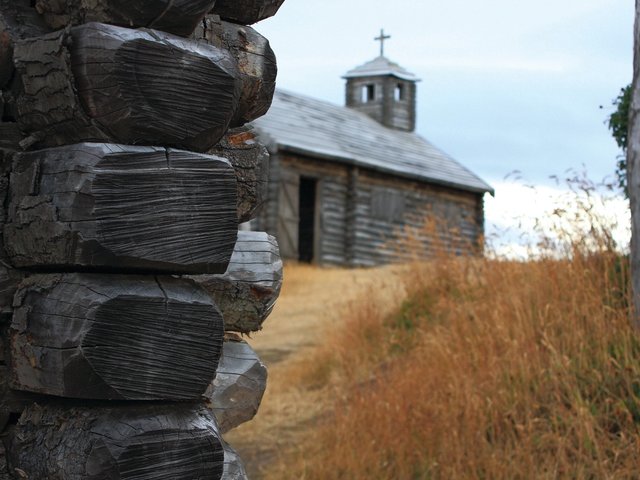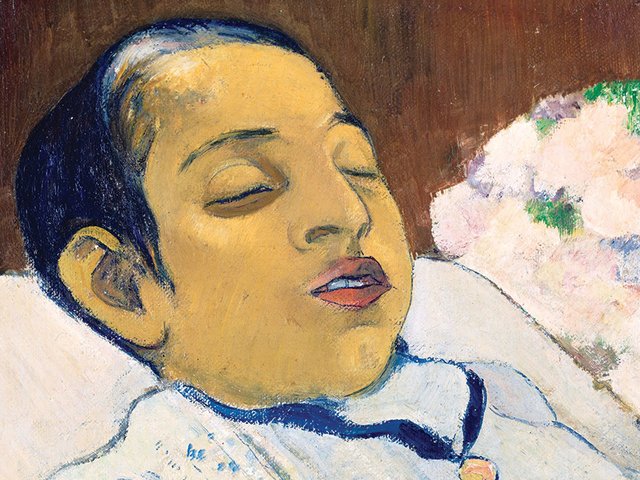The skeleton of Paul Gauguin’s father has been found in a very remote site in Chile, near Antarctica. Clovis Gauguin died in 1849 on a journey from France to Peru. The discovery of his bones is reported in a new book by the art historian Caroline Boyle-Turner.
Clovis Gauguin fled France for political reasons with his wife Aline and their two young children, Marie and Paul (he was then aged 14 months). They sailed on the French ship Albert, bound for Lima, where Aline had relatives. On 30 October 1849 the vessel reached the Chilean fort of Fuerte Bulnes, in the Straits of Magellan.
The passengers briefly went ashore in a small whaling boat and during the short trip Clovis suffered a heart aneurism and died suddenly. He was buried in the grounds of the fort, and his grieving wife and two small children had to continue to Lima the following day.
The fort was destroyed in 1852. Fuerte Bulnes is now being studied by archaeologists, led by Mauricio Moraga, and this has revealed the existence of a small cemetery with twelve skeletons. Eleven were identified as nomadic native Americans (or of mixed blood) and one as a European male.
Reports in The Art Newspaper sparked off an effort to identify the remains of Clovis. Jacqueline Galimany, a graduate anthropology student at the University of Chile, recalled our articles of December 2007 (p.2) and 27 February 2014. These reported that four human teeth had been found in a small glass bottle buried in a disused well on the site of Paul Gauguin’s house in French Polynesia. He had lived on the Marquesas island of Hiva Oa for nearly two years until his death in 1903.

Although a DNA analysis two years ago had strongly suggested that the teeth were those of Gauguin, a strontium isotope analysis by Petrus le Roux of the University of Cape Town now confirms that the teeth had belonged to someone brought up between the ages of two and seven with the diet of the Lima region (Gauguin was there until he was six).
The next step was to obtain a sample of DNA from Marcel Tai Gauguin, a retired Tahitian builder. Now aged 68, he claims to be the grandson of one of Paul’s local mistresses, Pauura a Tai. Marcel’s Y chromosome was found to match that of the European skeleton at Fuerte Bulnes. This confirms that Marcel is descended from the artist.
Boyle-Turner is convinced that the Fuerte Bulnes bones, the Hiva Oa teeth and Marcel all represent different generations of the Gauguin family: “The scientific evidence is conclusive in showing that the bones are indeed those of Clovis, matching the DNA sample taken from Marcel. Strontium isotope studies also convincingly point to Paul Gauguin as the owner of the teeth found buried in the well in the Marquesas.”
• Caroline Boyle-Turner book, Paul Gauguin and the Marquesas: Paradise Found?, is published by Vagamundo
• A more detailed account of this discovery will be published in our December issue



